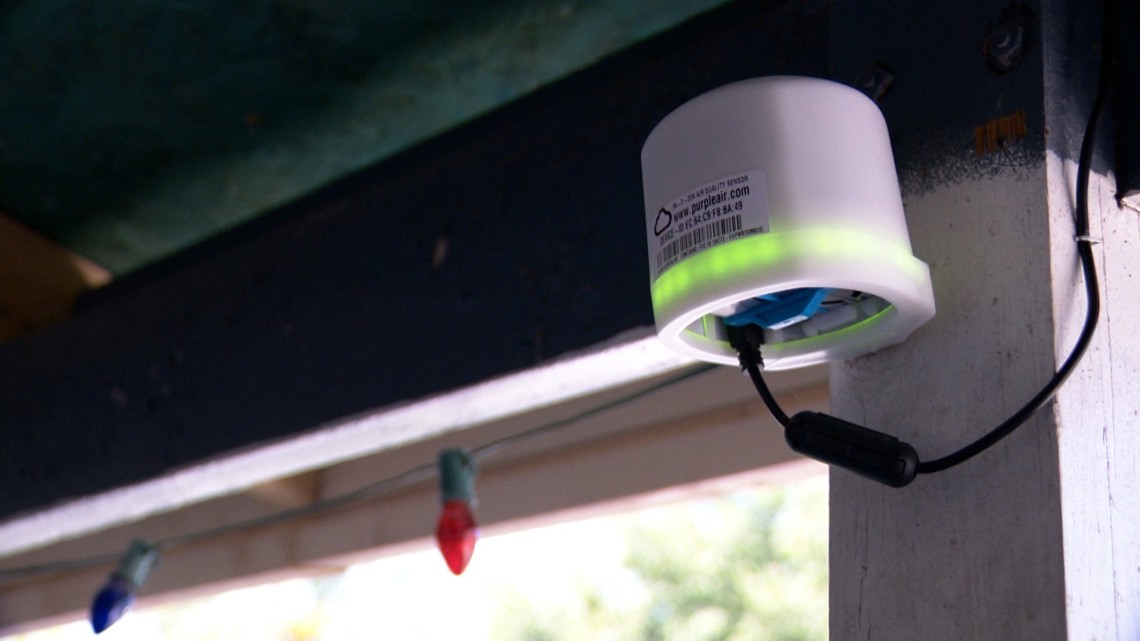
UTSA Associate Professor Esteban López Ochoa said the research team is collecting real-time environmental data from sensors placed in and around homes.
SAN ANTONIO — Residents on San Antonio’s west side are facing higher exposure to extreme heat and poor air quality inside their homes, according to researchers at the University of Texas at San Antonio.
UTSA Associate Professor Esteban López Ochoa said the research team is collecting real-time environmental data from sensors placed in and around homes.
“What the sensors do is collect real-time, minute-by-minute, second-by-second air temperature, air quality, and different environmental indicators,” he said. “The sensors have lights that indicate air quality. So when the sensor is red, residents know they need to ventilate. It’s almost like an alert system.”
López Ochoa said in some west side homes, indoor temperatures can be even higher than those outside. He attributes to a lack of ventilation, poor insulation, and the urban heat island effect caused by surrounding concrete and asphalt.
“They come back from work, open their house, and it’s an oven, an oven that has been sitting in the heat without any air circulation,” López Ochoa said.
One of the families participating in the study is the Rodríguez family. Their home now has a functioning air conditioning unit and ceiling fan, but that wasn’t always the case.
“Before, yeah, we had the AC unit, but we had to put in extra fans,” said Ricardo Rodríguez. “It was kind of humid and hot inside. Now all we have is the unit and the ceiling fan.”
Thanks to data collected through the project, the Rodríguez family was able to get help from the city and through programs make much needed changes to their home.
“I want to leave this house in good condition for my babies,” Rodríguez said.
UTSA researchers said neighborhoods like this one consistently experience higher surface and air temperatures than other parts of the city. UTSA Assistant Professor Farzad Hashemi said the team is working to identify root causes and propose effective solutions.
“What we are trying to do is understand the main causes and then propose efficient mitigation strategies,” Hashemi said.
Community partners like the Historic Westside Residents Association say the project is more than just data collection, it’s about empowering residents with hope and resources.
“For me, it is giving all of us hope, our residents hope,” said Leticia Sanchez of the association.
